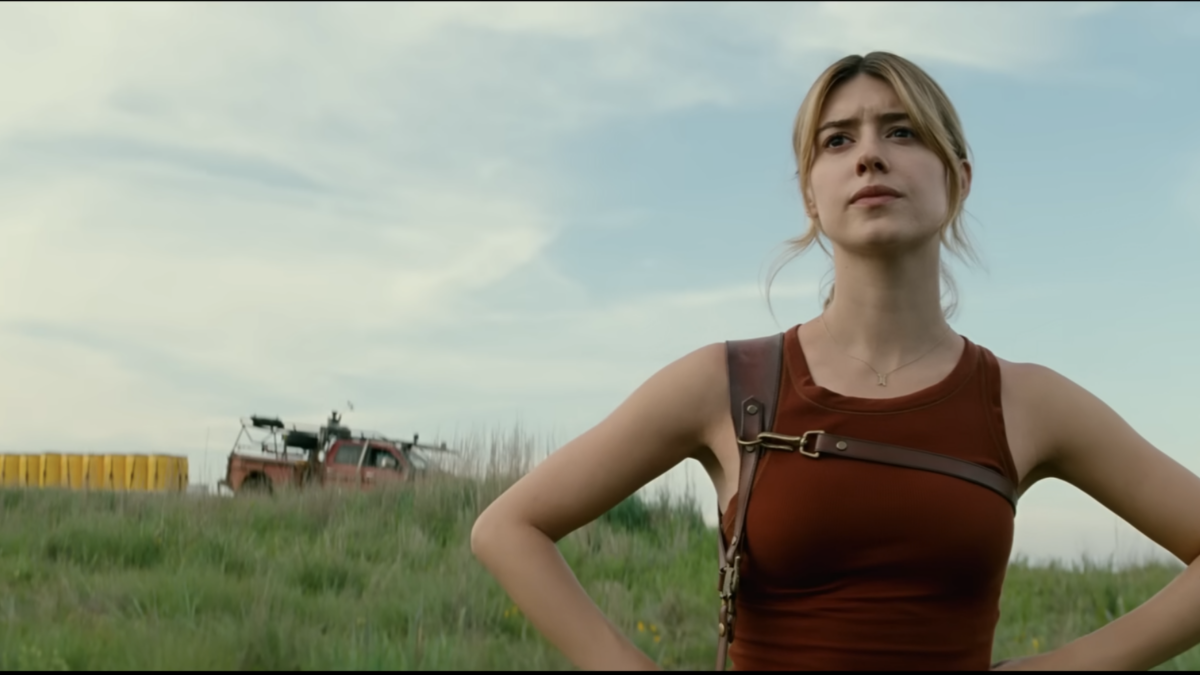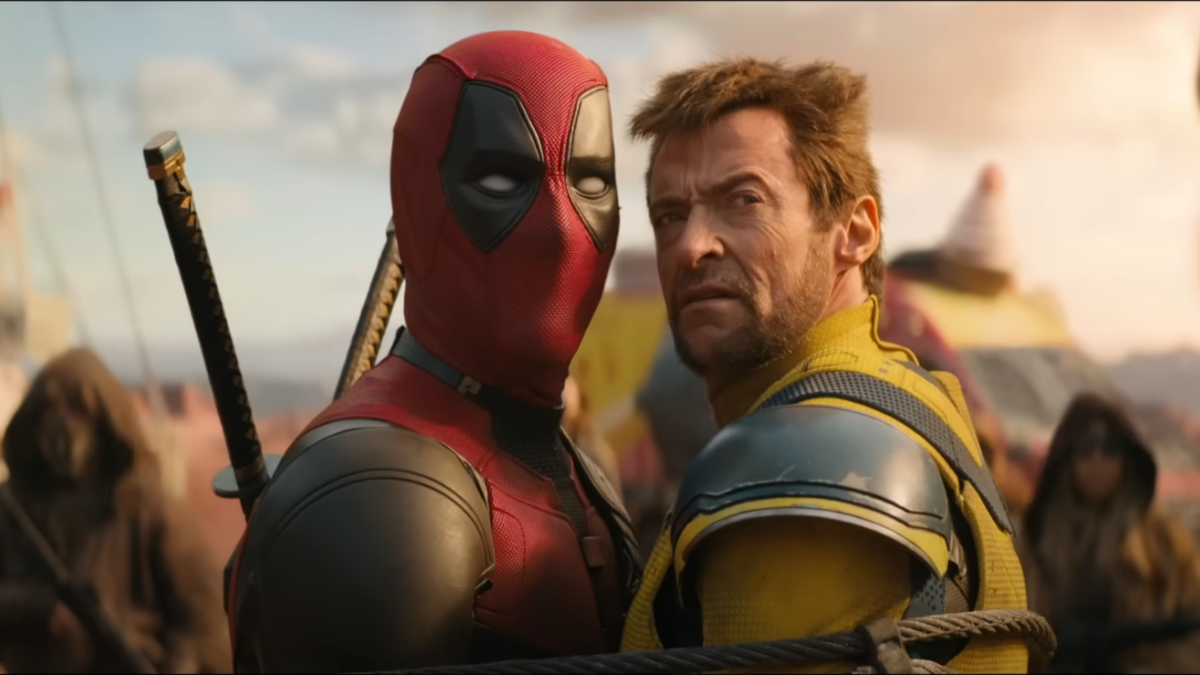There is something wonderfully old-fashioned about “Twisters.” Coming from many of the same creatives that made “Top Gun: Maverick,” one of the most popular films of the decade, it bears many of the same marks that made it successful. It’s a grand spectacle, its performances are huge, and it is unconcerned with pushing social messages. Most importantly, it has one of the most believable romances in recent film history.
Much of this is likely a symptom of trying to make the “Twister” lightning strike twice. The original 1996 film is dated. But it made quite an impact and brought on some of the largest filmmakers of its time — Michael Crichton, Steven Spielberg, Kathleen Kennedy, Bill Paxton, and Helen Hunt — to craft a genuine spectacle. Coming at the height of culture’s fascination with disaster movies, it became one of the largest blockbusters of a decade that produced dozens of them.
That said, it is also not nearly as frightening after three decades. Its silly story, primitive CGI, and heavy-handed melodramatic themes about thrill-seeking and trauma make it feel goofy in hindsight. It feels mostly like a lighthearted roller coaster that occasionally dips into death-defying and unrealistic danger.
With 28 years between the original “Twister” and its legacy sequel, many lives have come and passed. I distinctly remember having nightmares after watching the original film as a child. It seems to have given an entire generation a deadly fear of tornados.
This makes it both potent and bizarre as fodder for a potential legacy sequel. Given the deaths of major cast and crew members like Paxton, “Twisters” is already starting on a bad foot. It has almost no connection to the original film, beyond a few techno-gizmos from the first film being brought back and used again by the plucky young generation of new scientists.
By all rights, “Twisters” should be a creative and commercial failure. Yet the director of “Minari,” the screenwriters of “The Revenant” and “Top Gun: Maverick,” and star Glen Powell have successfully reverse-engineered the chemistry of the original film and even improved it in places.
Structurally, “Twisters” is very similar to the first film. An altruistic team of scientists — one grappling with tornado-related trauma — is deployed into Tornado Alley during a particularly intense tornado season. There they attempt an experiment to measure and reduce the size of tornados while a rival team or clout-chasing social media influencers chase tornados for fame and profit.
The film then diverges at the halfway point by swapping up the character dynamics. Daisy Edgar-Jones’s Kate Carter, struggling with the regrets of her last deadly tornado chase, starts feeling conflicted when her former colleague turns out to have poor motivations, while her arrogant rival turns out to be a useful muse and an intellectual equal. It changes from a story about fleeing desperately from tornadoes to building new relationships after they’ve already hurt you.
Much of this is thanks to Glen Powell’s excellent performance as Tyler Owens, the southern-fried clout-chasing livestreamer with a heart of gold. He proved with “Top Gun: Maverick” that he’s got movie star charisma and Netflix’s “Hit Man” proved he has remarkable range as an actor, but “Twisters” allows him to combine both into a heartthrob romantic interest.
Tyler is intelligent, brave, giving, confident, and exactly the kind of man our female protagonist would fall in love with when her walls are let down, even if he comes off as arrogant at first. His performance gives his budding relationship with Kate the chemistry to feel like an old-school sizzling Hollywood romance.
The film’s soft-peddling of social issues has certainly raised a few complaints, particularly given its portrayal of extreme weather emergencies. Climate activists, including those at The New York Times, CNN, and Salon, have lamented that the film dropped the ball on discussing climate change. As climate scientist Kristy Dahl writes, “Twisters” is more concerned about disaster prevention and saving lives than climate change.
“At no point did Twisters actually mention climate change,” she writes. “But beneath the cowboy hats, the quotable one-liners, and the impressive special effects, the film mirrors two climate change realities: Communities are deeply unprepared for worsening extreme weather, and there is a growing industry attempting to use data to profit from the risks and consequences those very communities face. Sure, I left the theater having been entertained. But I also left feeling deeply unsettled.”
This was a purposeful creative decision by director Lee Isaac Chung, who told CNN, “I just wanted to make sure that with the movie, we don’t ever feel like it is putting forward any message. I just don’t feel like films are meant to be message-oriented.”
This unwillingness to push “woke” messages has been attributed to part of the film’s success. It’s debatable whether “Twisters” should be considered “anti-woke,” as some in corporate media have claimed.
However, there is no denying that its overall approach is working. The movie has grossed a respectable $221.2 million in the past two weekends, in a summer where “Furiosa: A Mad Max Saga” and “Horizon: An American Saga” were unable to break even. It turns out audiences are still receptive to unironic spectacle, romance, and escapism.









